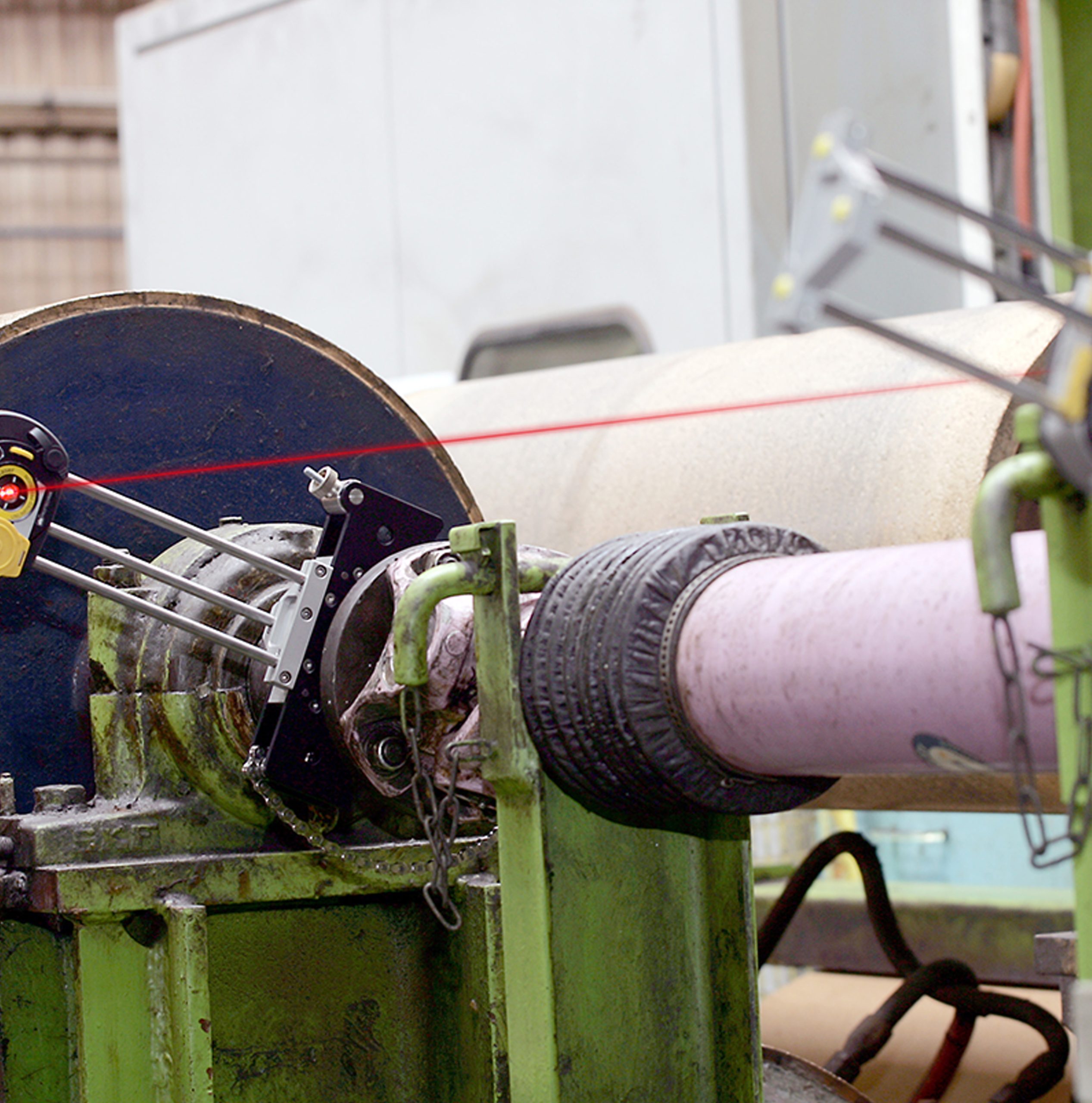Why is Shaft Alignment Important?
Over time, the shafts of your moving equipment can become misaligned. Misaligned shafts, even at a micro level, can knock an asset off its axis, increasing vibration, creating excessive wear, reducing efficiency and leading to earlier equipment failure.
Regular shaft alignment strengthens the reliability of your systems. It improves overall performance, ensuring the longevity of your operations.
Laser shaft alignment is a crucial part of your condition monitoring program
We provide thorough shaft alignment and inspections, ensuring precision alignment of your equipment shafts. We help you improve the quality and performance of your assets, and deliver an ongoing solution to minimising wear and tear, improving performance, and optimising efficiency.
(Business to supply Alignment Kit)

